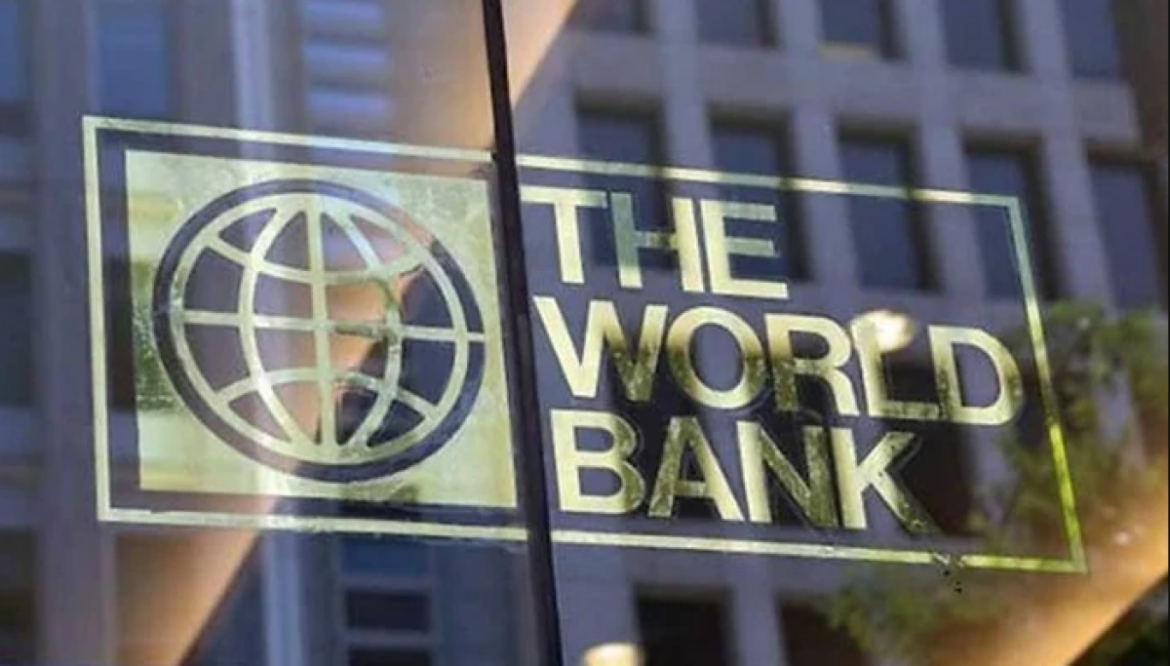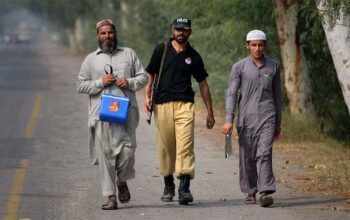By Staff Reporter
ISLAMABAD: The World Bank has projected a modest 1.8 percent growth for Pakistan’s economy in fiscal year 2024, attributing the sluggish pace to enduring trade deficits and constrained external financing.
According to World Bank’s latest “Pakistan Development Update: Fiscal Impact of Federal State-Owned Enterprises,” the subdued economic recovery in recent months emerged from tight monetary and fiscal policy, continued import management measures aimed at preserving scarce foreign reserves, and muted economic activity amid weak confidence.
“The structural reforms needed to durably improve the economic outlook are known,” World Bank Country Director for Pakistan Najy Benhassine said in a statement. “Developing a clearly articulated reform implementation plan that is ambitious, credible and that shows quick progress is now essential to restore confidence.”
“In particular, better fiscal management will help to lower inflation, narrow the current account deficit, improve financial sector stability, and increase credit to the private sector, all of which are critical for robust economic recovery,” he added.
Pakistan, which has been battling economic instability marked by soaring inflation and shrinking foreign exchange reserves, is seeking a new deal with the International Monetary Fund (IMF) following a $3 billion standby arrangement, to bolster its economy and tackle deep-seated structural issues. The bank said in a statement that after a contraction in the last fiscal year, economic activity had strengthened over the first half of the current fiscal year on the back of strong agricultural output.
“But growth remains insufficient to reduce poverty, with 40 percent of Pakistanis now living below the poverty line,” it continued. “Macroeconomic risks remain very high amid a large debt burden and limited foreign exchange reserves.”
The bank noted a sustained medium-term recovery would require a prudent macroeconomic policy mix coupled with reforms to improve the quality of expenditures, broaden the tax base, address regulatory constraints to private sector activity, and reduce state presence in the economy through the privatization process.
“The current macroeconomic outlook projects growth that is below Pakistan’s potential, with little poverty reduction and continued erosion of living standards,” the lead author of the bank’s report, Sayed Murtaza Muzaffari, said.
The report also highlighted the high fiscal costs of state-owned enterprises (SOEs) operating in key sectors of the economy.
It pointed out these SOEs had been consistently making losses since 2016, and the government had been providing significant financial support to them through subsidies, grants, loans and guarantees, leading to large and growing fiscal exposure.
“Direct government support to SOEs in the form of subsidies, loans and equity investments accounted for 18 percent of the federal budget deficit and 2 percent of GDP in FY22,” said Qurat Ul Ain Hadi, co-author of the report.
The World Bank recommended rapid progress with government plans for privatization, restructuring and divestment.
Meanwhile, the report said reserves are expected to remain low despite Pakistan’s recent completion of the IMF’s Stand-By Arrangement and continued financial support. The World Bank cautions that import management measures and tight macroeconomic policies are likely to continue, disrupting supply chains and suppressing consumption and investment.
The medium-term outlook suggests a gradual recovery in output growth, averaging 2.5% over the next two years, as confidence improves, albeit remaining below potential. Inflation is projected to stay elevated at 26% in FY24, primarily due to increased domestic energy prices, with expectations of moderation over time.
The current account deficit is forecasted to be contained at 0.7% of GDP in the current fiscal year, with a slight contraction to 0.6% anticipated in the subsequent years. This is attributed to reduced domestic demand and the continuation of import management measures.
The report identifies multiple risk factors that could adversely affect Pakistan’s economic outlook, including heavy domestic borrowing for fiscal financing and a low tax-to-GDP ratio, which exposes the banking sector to risks. Policy uncertainties and constrained external financing could exacerbate macroeconomic vulnerabilities.
The World Bank emphasizes the urgency of reforms for state-owned enterprises to mitigate growing fiscal risks. These entities have been loss-making since 2016, necessitating significant government support, which has led to increased fiscal exposure.
Following a last-minute IMF program secured in July 2023, Pakistan has stepped back from the brink of an economic crisis. The consistent application of the program’s measures has enabled new official external inflows, easing import management measures and fostering a partial rebound in confidence.
However, the report warns that the nascent recovery is insufficient to address poverty, with wages for unskilled labor lagging behind inflation. Poverty is estimated to have risen by 4.5 percentage points, with ten million people at risk of falling below the poverty line due to economic shocks. Rising food prices continue to disproportionately affect the poor, exacerbating inflation inequality across households.
Copyright © 2021 Independent Pakistan | All rights reserved




